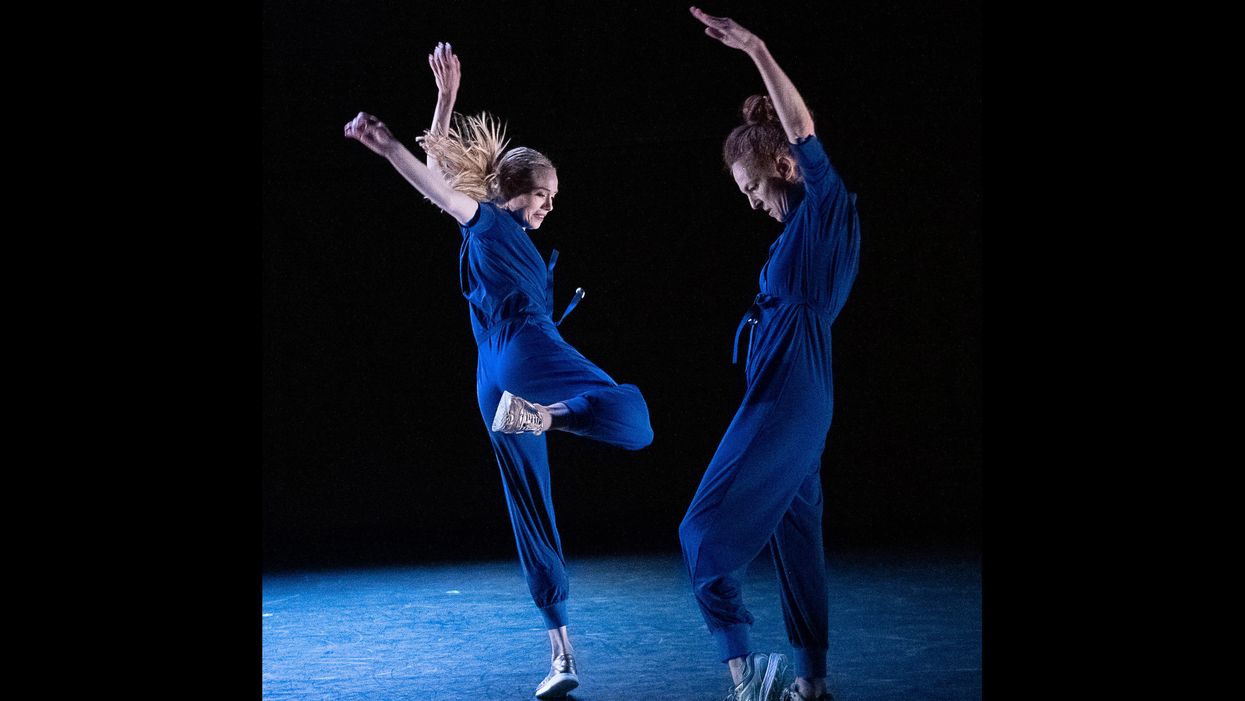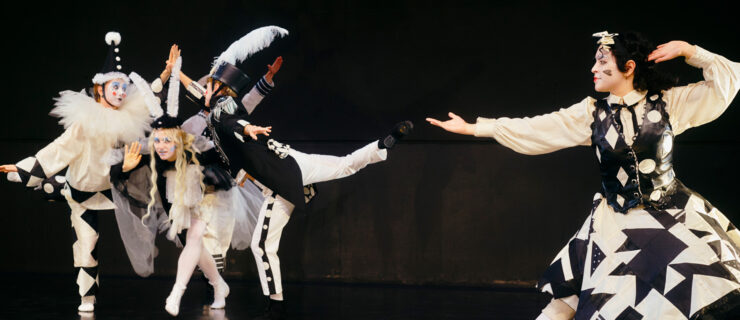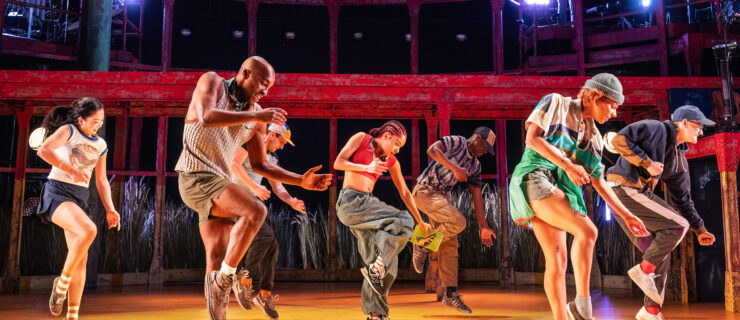Sara Mearns Has Officially Broken Out of the Ballerina Box
Sara Mearns is no longer just a ballerina. Since first stepping outside of New York City Ballet with downtown dancemaker Jodi Melnick in 2015, she’s expanded her rep in some surprising directions.
She’s taken on classic modern techniques like Graham, Cunningham and Duncan. She’s created new work with hip-hop duo Wang Ramirez and contemporary choreographers Pam Tanowitz and Liz Gerring. She’s even done musical theater with a starring role in I Married an Angel, choreographed by her husband, Joshua Bergasse. In the process, she’s become a pro at becoming a beginner again.
She recently spoke with Dance Magazine about why she’s become so insatiable for new styles, and how they’ve helped her grow as an artist.
It all started at a church downtown.
“When I was paired with Jodi Melnick—and Rashaun Mitchell and Sterling Hyltin—at Danspace Project, it turned my world upside down. I was just me; I wasn’t the ballerina, and that felt really good. I was in sneakers, my hair was down, we were playing dead, running around the church. I’d never danced in silence. I’d never danced that close up to the audience, either.
“At the time, at NYCB I was never really picked to work with the contemporary choreographers. I was in a ballerina bubble where I did mostly Balanchine and some Robbins. So this was my way of doing it on my own.”
Her training is an intense process.
“For the Cunningham centennial, I took six months of classes and incorporated the exercises into my warm-up every day. I wasn’t going to go into that experience not having done my homework, not having completely immersed myself in the technique.
“To perform Isadora Duncan’s work, I didn’t do ballet for a month. I had to forget everything I knew about ballet, and become a regular person.
“My strength comes from ballet, but sometimes you have to strip it away and trust that it’s still there while you dive into other techniques.”
She’s grown with each project.
“With every project I’ve done, I’ve taken something back with me—a feeling, the way I approach a process, the way I collaborate.
“Something that Jodi said is, “You don’t have to go onstage and be bigger than you are. You can just be you.” That changed how I present myself on a bigger stage with 2,500 people watching.”
The payoff is worth getting past the fear of failure.
“It’s scary to put yourself out there to be judged. But there’s a point in life where you can’t worry about that anymore. You just have to focus on you, do the work and know that you didn’t fake it.”
“You have to be patient with yourself when you try something new. It’s not going to work right away. You have to take your ego out of it.”
She still wants to do even more.
“I would love to work with Ohad Naharin. That’s on my bucket list. I’d want to get inside that process and understand how he makes work and where it comes from.”





